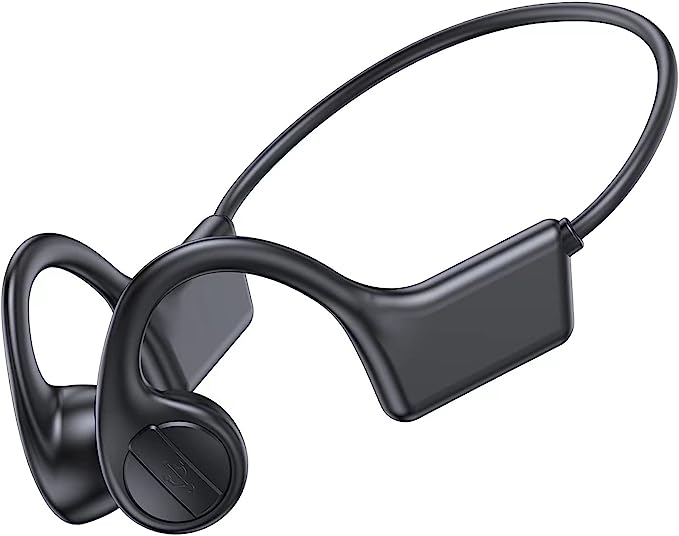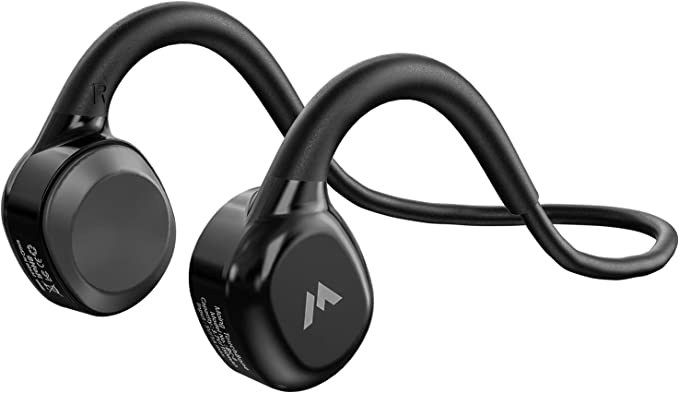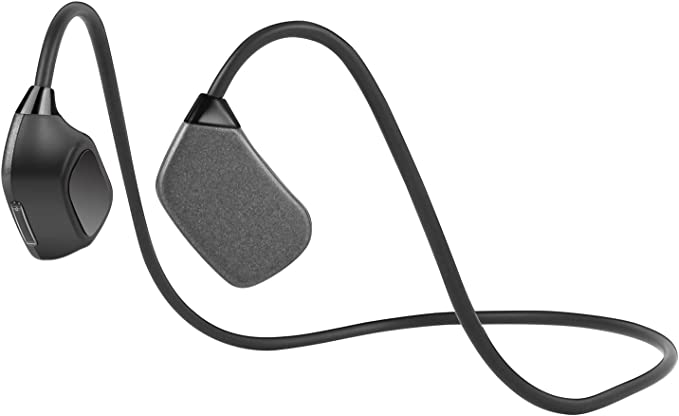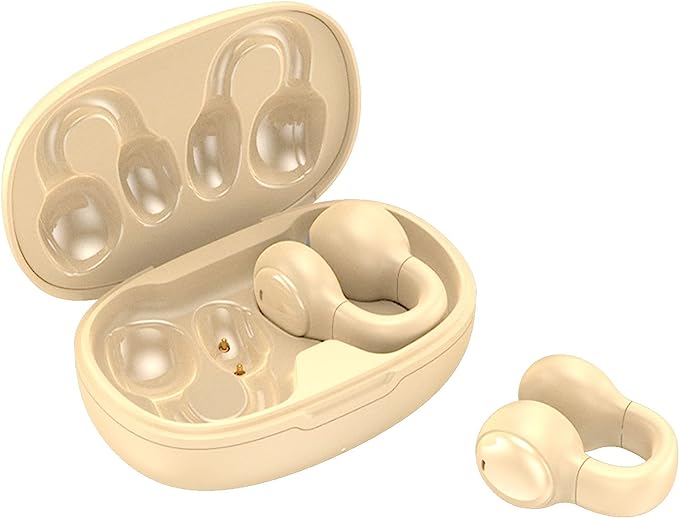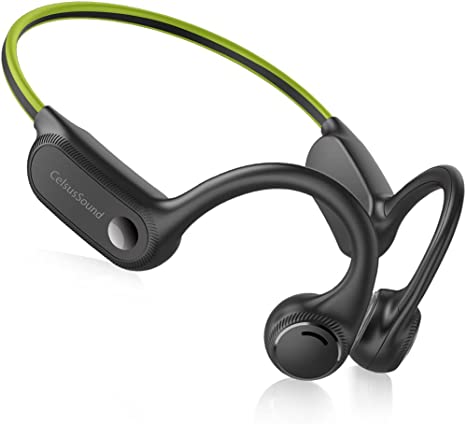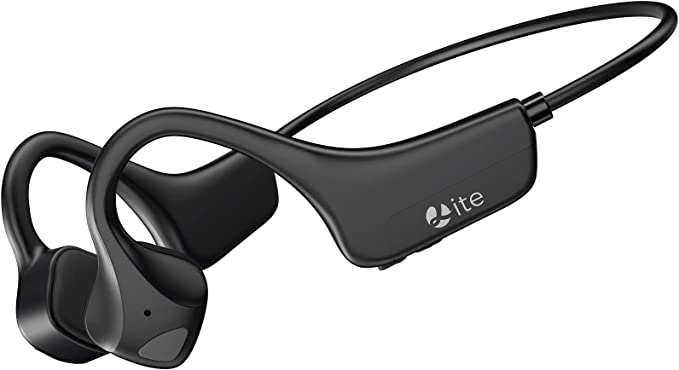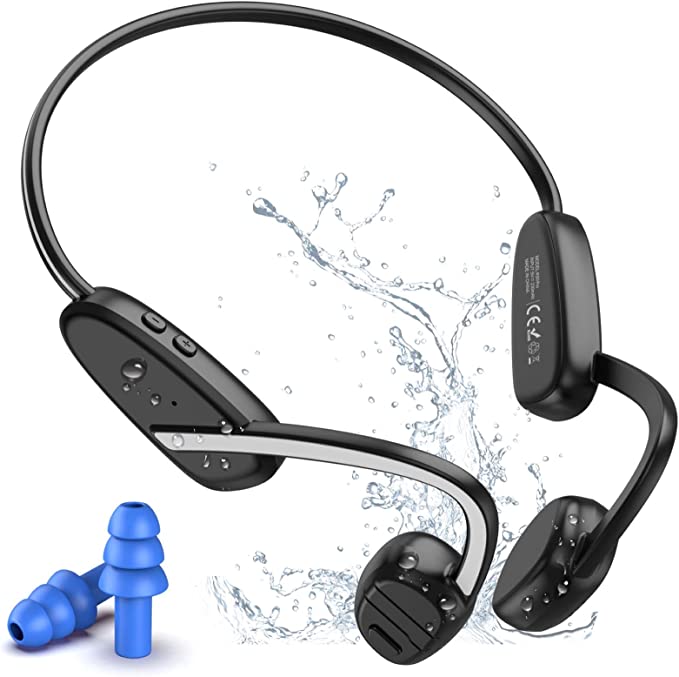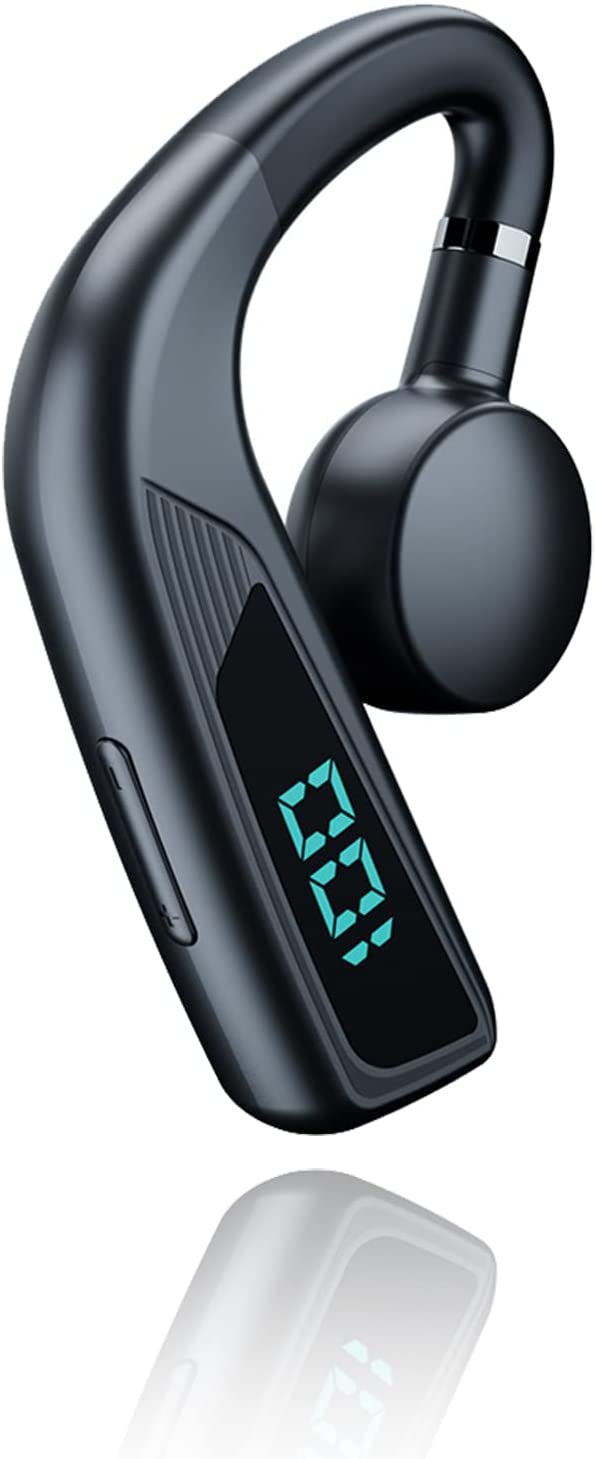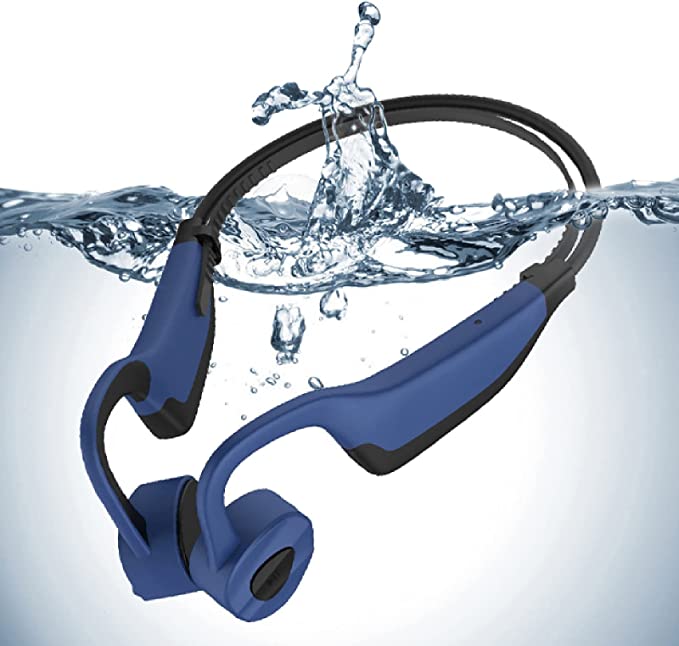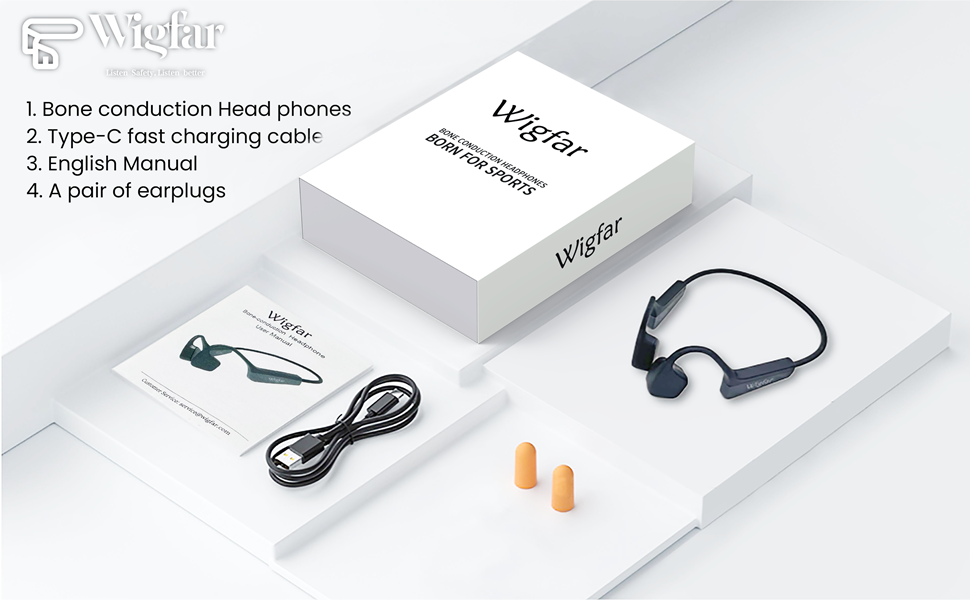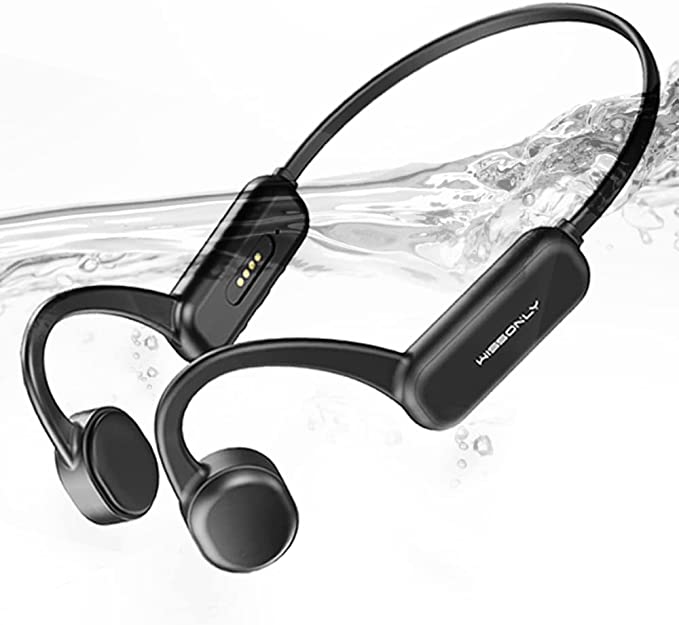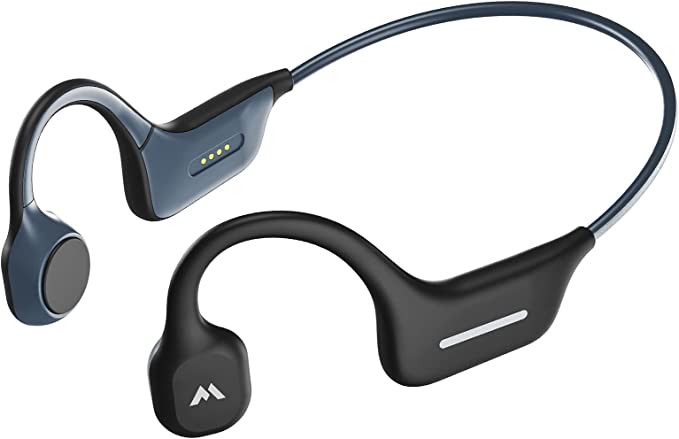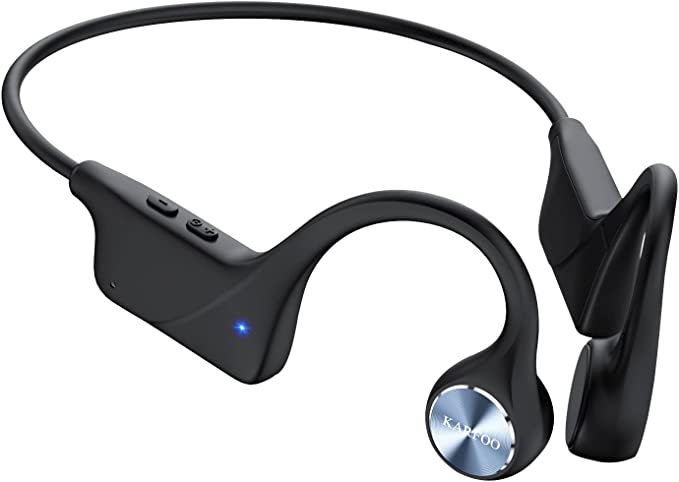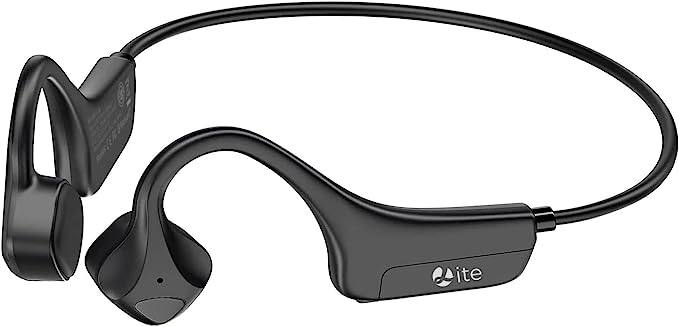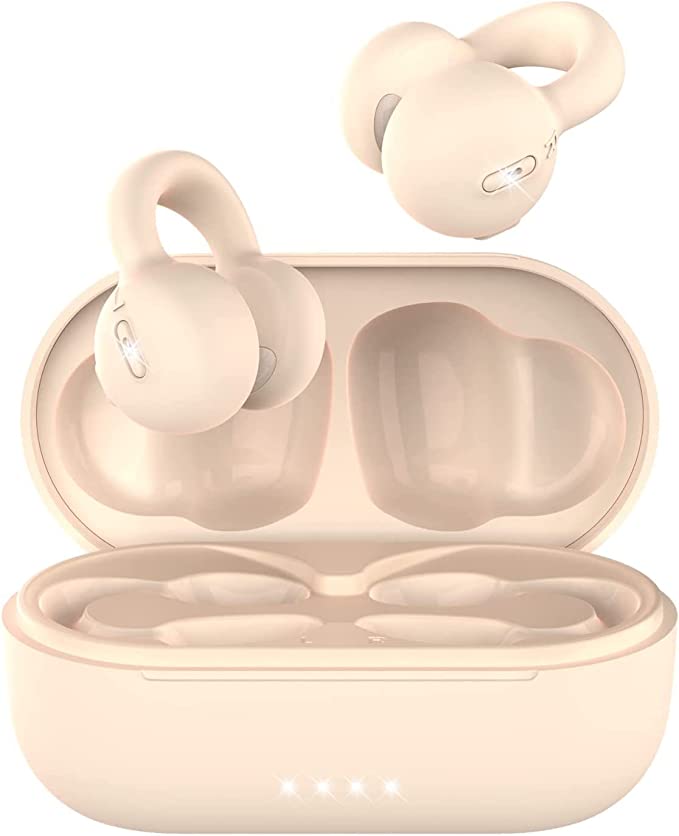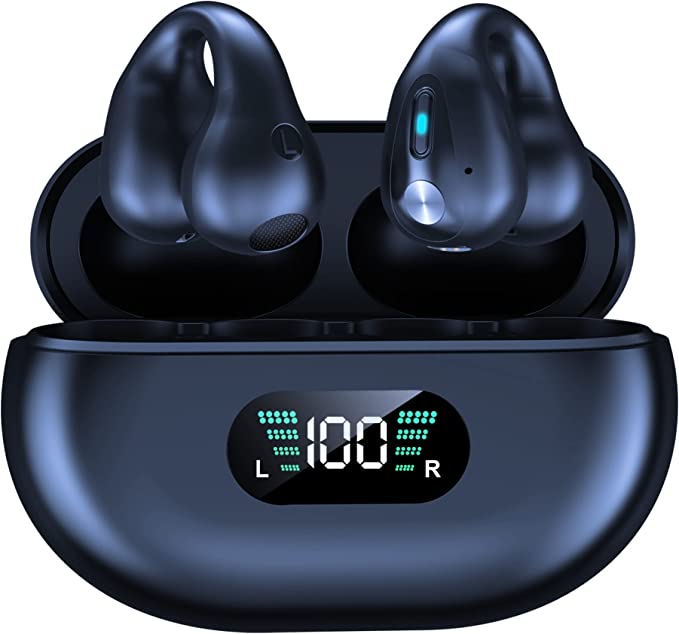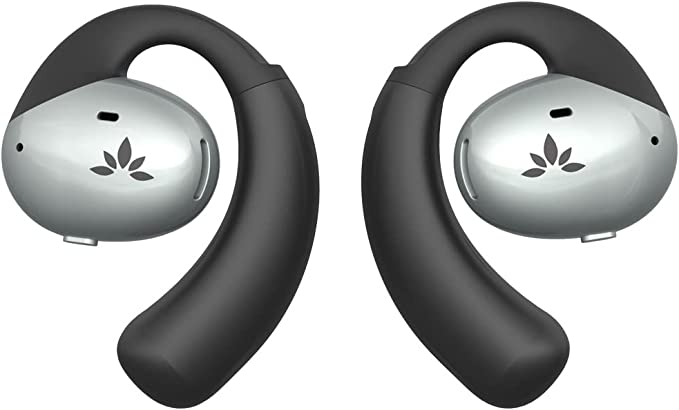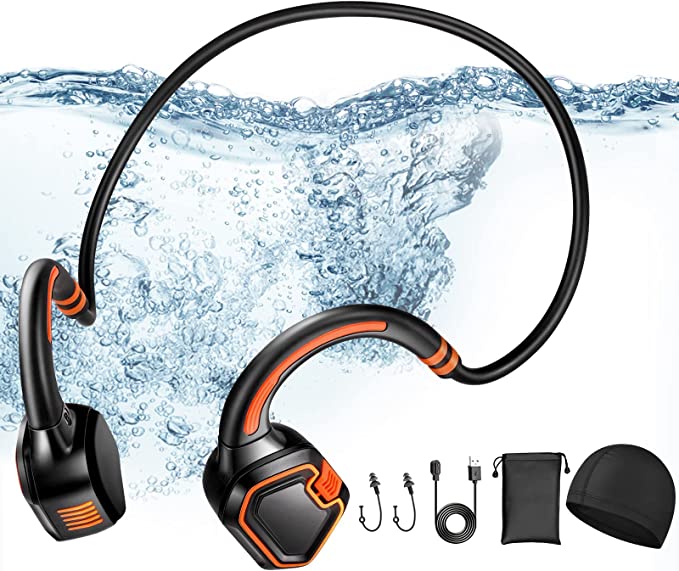GZCRDZ C630 Wired Bone Conduction Headphones: Understanding Open-Ear Audio for Active Lifestyles
Update on April 13, 2025, 1:38 p.m.
Ever feel lost in your own sonic bubble? You’re jogging down a familiar path, lost in a podcast, or cycling through the city bustle, music pumping. Traditional earbuds or headphones do a fantastic job of delivering immersive sound, but they often build an invisible wall between you and the world around you. The honk of a car, a cyclist’s bell, a colleague calling your name – these vital sounds can get lost in the mix, sometimes with inconvenient, even dangerous, consequences. What if there was a way to enjoy your personal audio landscape without tuning out the environment you inhabit?
This isn’t science fiction; it’s the fascinating reality offered by an alternative audio pathway known as bone conduction. It’s a technology that challenges our conventional understanding of hearing, offering a unique way to listen while keeping your ears open to the symphony of everyday life.

Sound’s Surprising Shortcut: How Bone Conduction Works
Before we dive into the specifics of devices like the GZCRDZ C630, let’s embark on a brief journey into the science of hearing itself. Typically, sound reaches us through air conduction. Sound waves, which are essentially vibrations traveling through the air, are funneled by your outer ear into the ear canal. They strike the eardrum, causing it to vibrate. These vibrations are then amplified by tiny bones in the middle ear (the malleus, incus, and stapes – remember them from biology class?) and transmitted to the fluid-filled cochlea in the inner ear. Inside the cochlea, hair cells convert these mechanical vibrations into electrical signals that travel along the auditory nerve to your brain, where they are finally interpreted as sound. It’s an intricate and elegant biological machine.
Bone conduction, however, takes a rather clever shortcut. Instead of relying on sound waves traveling through the air in your ear canal, bone conduction devices utilize transducers. These small components don’t sit in your ear; they typically rest gently on your cheekbones, just in front of your ears. When fed an audio signal, these transducers generate subtle vibrations.
Now, here’s the magic: these vibrations travel directly through the bones of your skull – solid structures excellent at transmitting vibrations – bypassing your outer and middle ear entirely. The vibrations reach the cochlea in your inner ear directly, stimulating those same hair cells just as air-conducted sound would. Your brain receives the signals and interprets them as sound. Think of it like feeling the deep thrum of a bass speaker through the floor, or how a tuning fork held against your bone allows you to “hear” its pitch directly. Even your own voice sounds different to you than to others partly because you perceive it through a mix of air and bone conduction.
The most significant consequence of this “shortcut”? Your ear canals remain completely open and unobstructed. This is the foundational principle behind the primary appeal of bone conduction headphones.
It’s crucial, however, to dispel a couple of common misconceptions right away. Firstly, bone conduction headphones are not hearing aids. While they might offer benefits for individuals with certain types of conductive hearing loss (where sound transmission through the outer or middle ear is impaired), they are not medical devices designed to treat hearing loss broadly, especially sensorineural loss (damage to the inner ear or auditory nerve). Always consult an audiologist for hearing health concerns. Secondly, the sound experience is inherently different from traditional headphones. Because the sound takes a different physical path and interacts differently with your skull’s resonance, the frequency response often differs – typically with less emphasis on deep bass and very high treble compared to high-fidelity earbuds.

Enter the GZCRDZ C630: A Wired Window to Open-Ear Listening
Understanding the science sets the stage for exploring specific devices like the GZCRDZ C630 Bone Conduction Wired Headphones. Think of this product as a tangible application of the principles we’ve just discussed, offering an accessible way to experience open-ear audio without the complexities or cost often associated with wireless models.
Based on the available information, the C630 embodies the core bone conduction concept. It’s designed to be worn with the transducers resting near the cheekbones, leaving the ear canals free. It connects via a standard 3.5mm audio jack, that familiar plug found on many smartphones (though increasingly less common on newer models), laptops, and other audio devices. This wired connection brings a certain simplicity: no batteries to charge, no Bluetooth pairing rituals, just plug it in and press play.
The design appears geared towards active use. It’s described as lightweight, tipping the scales at a mere 20 grams – remarkably light for something worn on the head, minimizing potential bounce or discomfort during movement. It’s also noted as being sweat resistant, a practical feature for runners, cyclists, or anyone working up a sweat. While “water resistant” lacks a specific IP rating (which quantifies the level of protection), it suggests the C630 can handle moisture from exercise or light rain, though submersion is definitely out. A small clip is also mentioned, likely intended to secure the cable to clothing, reducing annoying cable noise (microphonics) and preventing snags during activity.
The Prime Directive: Situational Awareness – Hearing What Matters
Why choose bone conduction, especially a straightforward wired model like the C630? The overwhelming answer lies in situational awareness. By leaving your ear canals completely unobstructed, these headphones allow you to remain audibly connected to your environment while still enjoying your personal audio.
Imagine these scenarios: * Cycling: You’re listening to energizing music, but you can still clearly hear the approaching car from behind, the ding of another cyclist’s bell, or a pedestrian’s warning. This awareness is crucial for navigating traffic safely. * Running: Whether on city streets or park trails, you can hear footsteps approaching, dogs barking, or traffic sounds, reducing the risk of surprises and collisions. * Office Environment: You need to focus on an online training module or listen to background music, but you also need to hear if a colleague calls your name or if the fire alarm sounds. * At Home: You’re catching up on a podcast while doing chores, but you won’t miss the doorbell, the phone ringing, or a child calling for attention.
This ability to simultaneously perceive personal audio and ambient sound is the defining advantage of the open-ear design facilitated by bone conduction. It’s about blending your digital soundscape with the physical world, rather than replacing one with the other.
Wired Wisdom: The Trade-offs of the 3.5mm Connection
The C630’s reliance on the venerable 3.5mm jack is a key characteristic. In an era dominated by Bluetooth, why go wired? There are distinct considerations: * Simplicity & Reliability: No pairing issues, no dropouts due to interference, and crucially, no battery anxiety. As long as your source device has power and a 3.5mm port, you’re good to go. * Latency: Wired connections generally offer near-zero latency, which can be beneficial for watching videos or gaming (though the manufacturer explicitly states the C630 isn’t compatible with game consoles or computers – likely due to driver, power, or specific protocol requirements). * Compatibility: While newer phones often omit the 3.5mm jack (requiring adapters), it remains common on many laptops, tablets, MP3 players, and older smartphones. * The Tether: The obvious downside is the physical cable. It can snag, get tangled, and restrict movement compared to the freedom of wireless. The included clip helps mitigate this, but the wire is always there.
The choice of a wired connection positions the C630 as a straightforward, potentially more budget-friendly option for those who prioritize reliability and don’t need or want wireless features.

More Than Music: Calls and Activity-Focused Design
The C630 isn’t just for passive listening. It includes a built-in microphone, allowing you to take calls. The description mentions “Noise Reduction Microphone” (or “Noise Cancelling Mic” in the title). It’s vital to understand this almost certainly refers to technology designed to reduce background noise for the person you are calling, making your voice clearer to them. It does not mean Active Noise Cancellation (ANC) for you, the listener. Open-ear headphones, by their very nature, do not block external sound and thus don’t typically incorporate ANC for the wearer. The simple call control button allows for basic functions like answering or rejecting calls.
The lightweight construction (20g) and sweat resistance further reinforce its suitability for sports and exercise, aligning with the product’s stated uses like running and cycling. These design choices aim to make the headphones unobtrusive and durable enough for regular activity.

The Unvarnished Truth: Managing Expectations with Bone Conduction
No technology is perfect, and bone conduction comes with its own set of inherent characteristics and trade-offs, which seem reflected in the mixed user feedback mentioned for the C630. It’s essential to approach it with realistic expectations:
- Perceived Volume & Sound Quality: This is perhaps the most common point of contention. User reviews noting the C630 sounds “faint” or “too quiet” align with general bone conduction traits. Why?
- Energy Transfer: Transmitting vibrations through bone is less efficient than directly vibrating the eardrum via air. Some sound energy is lost.
- Masking Effect: Because your ears are open, loud ambient noise can easily overpower or “mask” the sound from the headphones, making it harder to hear, especially in noisy environments.
- Sound Signature: As mentioned, bone conduction often struggles to reproduce deep bass and crisp highs with the same intensity as traditional headphones. The focus tends to be on mid-range frequencies, which makes speech (podcasts, calls) generally clear, but music might lack richness or punch for audiophiles. Some users find using earplugs simultaneously enhances the perceived bass and overall volume (by blocking competing ambient air-conducted sound), but this entirely defeats the purpose of situational awareness.
- Sound Leakage: Just as vibrations travel in through your bones, they can also cause the headphone casing itself to vibrate slightly, creating sound waves outside your ear. This means people nearby, especially in quiet settings, might hear a faint tinny version of your audio if the volume is turned up. It’s a physical consequence of the vibration mechanism.
- Fit and Comfort: This is highly subjective. The C630 likely has a fixed size. Clamping force, the exact placement of the transducers on the cheekbones, compatibility with glasses, and individual head shapes all play a role. What feels secure and comfortable for one person might feel tight, loose, or awkwardly positioned for another, as reflected in user comments about discomfort or poor fit. Finding the “sweet spot” for both comfort and sound transmission can sometimes require experimentation.
These points aren’t necessarily flaws of the C630 specifically, but rather characteristics often associated with bone conduction technology, particularly in more budget-oriented wired implementations. Understanding these nuances helps set appropriate expectations.

Is the GZCRDZ C630 Your Sound Solution?
So, who is this type of headphone really for? Considering its features, reported user experiences, and the nature of bone conduction:
- The Safety-Conscious Exerciser: Runners, cyclists, or walkers who prioritize hearing their surroundings above all else and are looking for an affordable, sweat-resistant option.
- The Aware Worker or Home Listener: Individuals in environments where hearing ambient sounds (colleagues, doorbells, alerts) is necessary while listening to personal audio, and who prefer a simple wired setup.
- Those Seeking Ear Canal Relief: People who find traditional earbuds uncomfortable, irritating, or prone to causing infections.
- The Budget-Minded Bone Conduction Curious: Anyone wanting to try out bone conduction technology without a significant financial investment, accepting the trade-offs of a basic wired model.
- Niche Use Cases: As suggested by user feedback, perhaps individuals with specific types of conductive hearing loss (under medical guidance) or musicians needing a specific open-ear monitoring solution might find value.
It’s likely not the best choice for audiophiles seeking pristine music reproduction, users in consistently loud environments who need isolation, or those who demand the convenience and features of modern wireless headphones.

Conclusion: Listening with Understanding
Bone conduction technology offers a genuinely different way to experience sound, one that uniquely prioritizes connection with the world around you. It trades the immersive isolation of traditional headphones for invaluable situational awareness and open-ear comfort.
The GZCRDZ C630 Bone Conduction Wired Headphones represent a straightforward, accessible entry point into this technology. Its value lies not in competing with high-fidelity audio gear, but in delivering the core benefit of open-ear listening via a simple, reliable wired connection, tailored for active use and awareness-critical situations. By understanding the science behind how it works – both its clever advantages and its inherent limitations – you can move beyond the hype and make an informed decision about whether this intriguing approach to audio is the right fit for your needs and your lifestyle. Sometimes, hearing less in your ears means experiencing more of the world.
[//]:(version:20250412 001)


